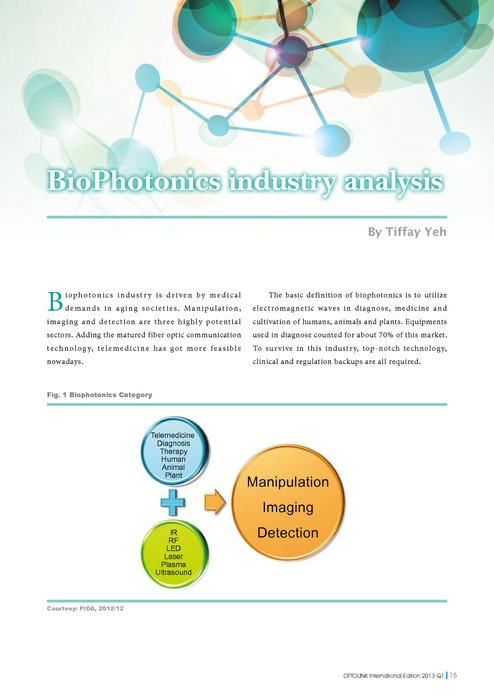Reading Milestones Level 2 Blue Complete Program Removal Software
Reading to children every day is a great way for them to learn new skills. Three-year-olds improve their logical reasoning skills as they play.

UN News Centre – Official site for daily UN news, press releases, statements, briefings and calendar of events. Includes UN radio, video, webcasts, magazines. The primary mode of administration for the Georgia Milestones program is online, with the goal of completing. Measured on a scale of 1 to 4 and refers to the level of cognitive demand required to complete a task (or. Standards for Grade 3 English Language Arts (ELA) are grouped into two domains: Reading/Vocabulary.
They can put together simple puzzles, and understand that a whole object can be separated into parts. They identify and describe objects that are the 'same' or 'different'. Three-year-olds can count up to 'five,' and begin to recognize written numerals '0' through '9.' When counting items in a collection, they can now label each object with just one number word to determine the total ('one to one correspondence').
Education and parenting articles offer expert tips and information on raising kids. Read educational articles, parenting articles, & more.
Numbers • At 36 months, the average child understands the words 'one,' 'two,' and 'three' (e.g., distinguishes 'one,' 'two,' and 'three' from 'many'; can identify collections of three items as 'three'; asks for 'three' of something; knows age; can put out 'one,' 'two,' or 'three' items upon request). Service Advisor 4 1 Keygen Mac. Some children at the beginning of this year may also understand number words up to 'four.' Some three-year-olds will still be developing an understanding of the words 'one' and 'two,' and may not grasp these concepts until age four. • While some children are still learning how to verbally count by ones in the correct order up to 'three,' the average child can count up to 'five.' Some three-year-olds will also be able to verbally count by ones up to 'ten,' and possibly beyond, but not necessarily in the correct order. A very few children will be able to use the 'teen' counting pattern to count up to 'twenty.'
• At the beginning of this year, some children will accurately determine the number of items in a collection of up to five items by using one-to-one counting, or 'enumeration' (i.e., the child labels each item in a collection with one and only one number word from the counting sequence to determine the total number of items in the collection). The average child will be able to do this in the second half of this year. A few children may also recognize that the last number word used to count (enumerate) a collection has special significance because it represents the total number of items in the collection. • Some three-year-olds will be able to use the counting sequence to accurately count out a collection up to five items, in response to a verbal request (e.g., if asked, 'Give me three blocks,' counts out three blocks from a pile, labeling each in turn, 'One, two, three.' • In the second half of this year, some children will be able to name a number that comes after a specific count term from 'one' to 'nine' when given a running start (e.g., 'What comes after 1, 2, 3, 4, 5? Garo Special Byakuya No Maju Download Yahoo. ' A very few three-year-olds will be able to name a specified count term between 'one' and 'nine' without being given the preceding sequence. • At 36 months, some children may still be learning how to correctly use the size terms 'many' and 'same' when making comparisons.
